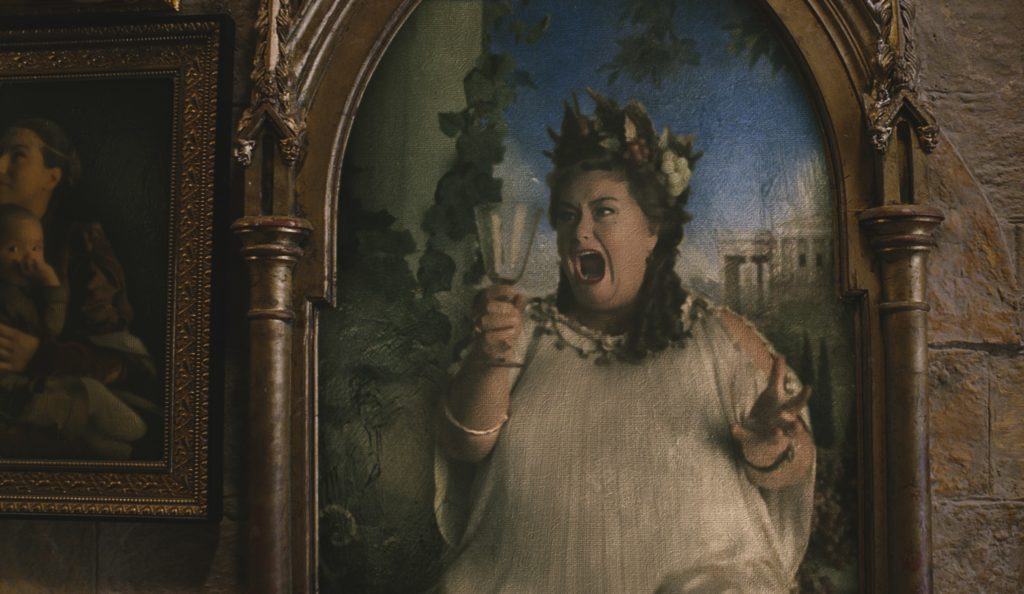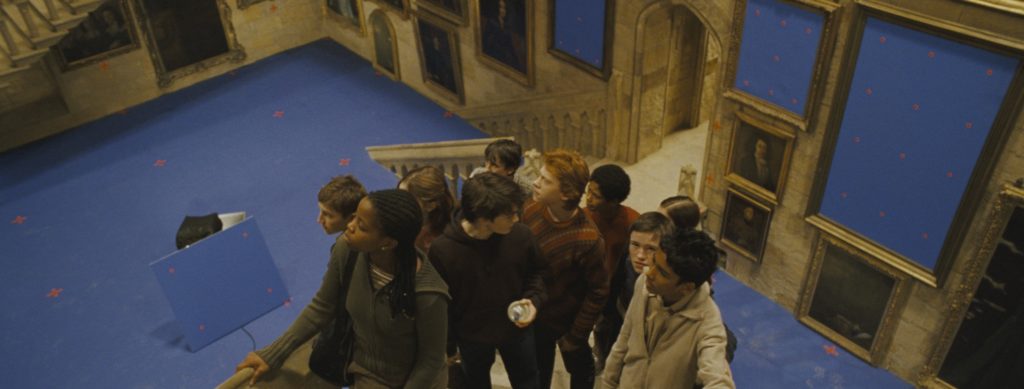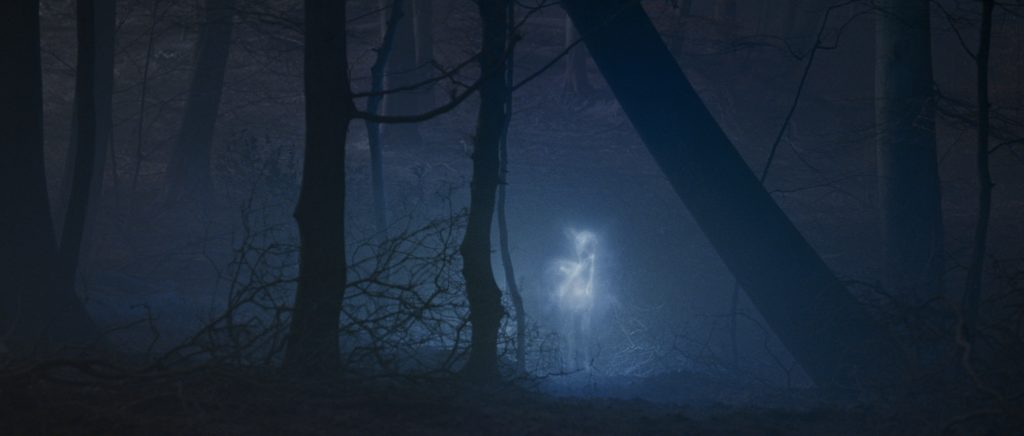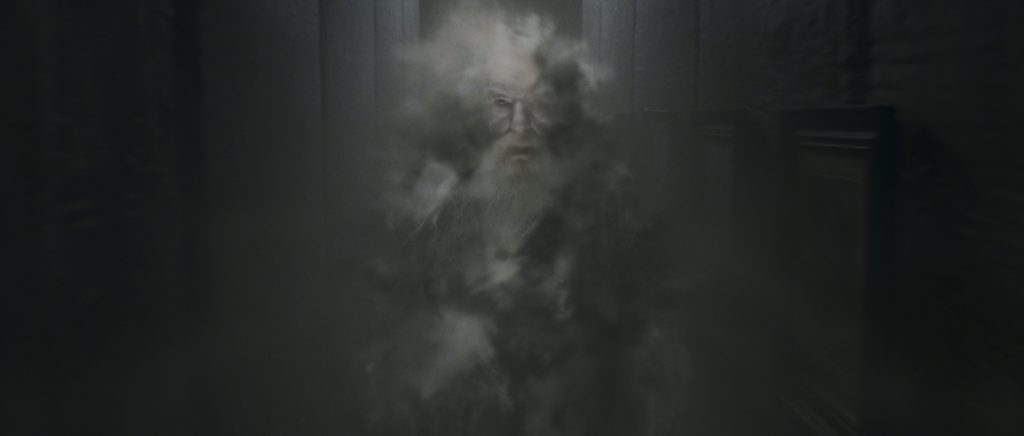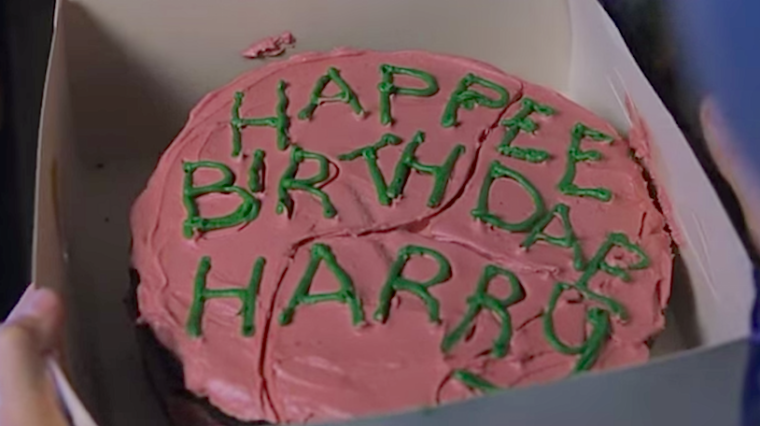
Harry Potter at 20: Cinesite celebrates two decades of Hogwarts, witchcraft and wizardry.
Can you believe that it’s already been 20 years since we saw Harry meet best friends Ron and Hermione, take on a troll in the girls toilets and face Voldemort for the very first time? Harry Potter And The Philosopher’s Stone was first published on 26 June 1997 and has since sold more than 450 million copies worldwide in 79 languages.
It has also led to a major movie franchise, a sold-out theatre production and multiple theme parks, as well as a booming memorabilia market. The first film, which propelled stars Daniel Radcliffe, Emma Watson and Rupert Grint to global fame, was released in 2001 and the franchise wrapped up in 2011.
In honour of the 20-year anniversary we wanted to revisit our creative journey having worked on every Harry Potter film in the series, for a total of over 2,000 shots over the 8-film franchise.
Model Magic
Cinesite’s work on the Potter films began with the physical construction of the Hogwarts models for the franchise. The principal model team at Cinesite for Harry Potter & The Prisoner of Azkaban had previously worked on Harry Potter & The Chamber of Secrets. Most of the same team had also completed the first major model build for Harry Potter & The Philosopher’s Stone.
This 1:24 scale model, with details taken from the original sets at Alnwick Castle and Durham Cathedral took 86 artists and crew members to construct the first version which was then rebuilt and altered many times for the next seven films.
The huge 1:24 scale model of the Hogwarts exterior was expanded by around 40% for Harry Potter & The Prisoner of Azkaban. Under the Production Design of Stuart Craig and Model Unit Art Direction of Gary Tomkins Hogwarts evolved, with new features including a clock tower, clock tower courtyard, the “Rickety Wooden Bridge”, hospital wing and new spires for the Durham section of the main Hogwarts building. Minute detail on the existing models was also improved, including retexturing the roof of the main building. The newly landscaped version of Hogwarts was filmed in some sequences while it was wet, which particularly enhanced colour saturation and gave more definition and contrast.
The new courtyard and clock tower were also built in more detail in 1:10 scale; this would be particularly utilised in some major composites, which Cinesite would later undertake back at the Soho offices.

Former Cinesite model supervisor, Jose Granell, unveils a model of Hogwarts castle at the Warner Bros Studio Tour, in Watford, London, on March 1st, 2012
Potter Portraits
For the magic, moving portrait effects, Cinesite honed techniques developed in the previous two Harry Potter films, working with shots, which required more elements and greater complexity. Original live action was filmed with blue screens covering the portrait canvass areas; contents of the pictures were filmed in separate live action plates. Cinesite’s team developed in-house motion analysis software, which would track the live action actors to the canvas and warp and wrap the movement of the picture’s surface to match its inhabitants.
Style references were supplied by the production for the “look” of the pictures, of works by Alma Tadema, Leonardo deVinci and Thomas deKeyser. These were used to affect the appearance of the subjects of the portraits, applying blocks of colour to give a painterly effect. Finally, an aged dirty varnish effect was added.

Cinesite developed in-house motion analysis software which would track the live action actors to the canvass and wharp and wrap the movement of the picture’s surface to match its inhabitants
Time Travel
One of Cinesite’s biggest achievements was the time travel sequence featured in the hospital wing during The Prisoner of Azkaban. Director Alfonso Cuaron stylistically favours long shots in his films and this was certainly the case in the Harry Potter film. Indeed, this time travel shot was over a minute long in its entirety.
Original live action of the children was filmed on a steadycam against bluescreen. Four minutes of separate background footage was also shot, including the children arriving in the hospital, and other patients being treated around them. This footage was sped up and composited behind the children. As the children turn, two other plates of background footage were tiled together to make up the hospital environment and match-moved to the foreground action. Once Hermione has turned back time, the children run out of the hospital door and down a corridor; the camera continues straight on through the workings of the clock in the clock tower, while the children run down the stairs and meet up with the camera again in the courtyard. The whole shot was treated as one continuous camera move.
The workings of the clock were all entirely computer generated by Cinesite’s modellers and animators. They were created using detailed previsualisation, which clearly demonstrated how the camera would move through the clock workings and reference textures, both supplied by the production. The production had also constructed a forced perspective set, which was used as an additional visual reference in the creation of the clock parts.
As the children run across the courtyard, you are actually looking at a composite with the 1:24 scale model. The landscape around the courtyard was created as a digital matte painting, mapped onto a 3D model.
In the reverse of the previous shot, the children run back up through the tower to the hospital wing, to meet themselves as they turn back time. Inversely to the previous shot, we begin in the courtyard, rising up the outside of the clock tower building, through the clock face, through the workings of the clock and meeting up with the children again as they run down the corridor towards the hospital wing.
Magical Environment
Some of the most beautiful and memorable shots in the Harry Potter films are the external sweeping panoramas of the Hogwarts environment. In The Goblet of Fire, Cinesite composited motion control footage of its 30-foot model of Hogwarts with tiled photographs of Scottish Lochs and mountains, which were stitched together to create a spectacular digital matte painting.
Many memorable internal Hogwarts scenes were also created, including the highly recognisable multitude of candles hovering in the Great Hall. Using techniques established early on in the Harry Potter films, five candle models were created and replicated. Automated systems were written to position the candles in spirals at varying heights above the tables, maintain appropriate scale, and loop the flame flicker animation, all with a convincing sense of randomness. Depth passes and light directional passes were created to get the right depth of focus.
The iconic staircases were also a regular feature within Cinesite’s work. The great marble staircase where a large portion of the action in The Deathly Hallows Part 2 takes place, was built as a very large CG asset that could appear in many scenes throughout the film at different times of day, and also be destroyed. The staircases were featured in the earlier films; sometimes with rotating steps, but in the last instalment it became much larger, extending into the distance within a very large environment.

Percy Weasley leading Hogwart’s first-years to Gryffindor Tower in Harry Potter and the Philosopher’s Stone
Away from the school of witchcraft and wizardry Cinesite rebuilt the set for Godric’s Hallow (The Deathly Hallows Part 1) in CG; as well as 2D and CG set extensions, full CG environments and CG snow were also created for this scene. The team additionally created the environments for the Windswept Hill sequence (in The Deathly Hallows Part 1), which involved shooting terrain and using photographs of Malham Cove in Yorkshire and compositing them into the digital scene.

Cinesite created the scenes of Harry and Hermione’s camp on the limestone pavement at Malham Cove by shooting terrain and using photographs to compositing them together for the digital scene
The Patronus Doe
The Patronus doe appears in Harry Potter and The Deathly Hallows Part 1 in the form of a light expanding into a semi-formed character. To achieve the effect, Cinesite generated a fully rigged photo-real animated cg doe.

Cinesite’s Patronus doe appears in the film in the form of a light expanding into a semi-formed character
Ghosts
As any avid reader of the Harry Potter books will know, many ghosts inhabit Hogwarts. Cinesite created effects for many of these ghosts, including the two knight’s, who dramatically charge through a large window outside the Great Hall, and perhaps most famously Dumbledore’s ghost. To create this effect, Cinesite used a clean plate of the corridor in which Dumbeldores’s ghost appears and a green screen plate of Sir Michael Gambon. The team generated a digi-double from texture stills and a cyberscan of the actor, and match-moved and projected Gambon’s green screen performance onto the model. The digi-double was also used to drive particle simulations and colourise the particles so that they could be blended seamlessly back onto the digi-double. Cinesite generated around 150 million individual particles as well as a model of the corridor, in which the ghost appears to use for particle collisions.
Voldermort’s Snout
As one of the film’s lead characters, Voldemort’s looks and performance were critical to the story. Cinesite was responsible for replacing actor Ralph Fiennes’ nose area with Lord Voldemort’s snake-like snout in ‘The Deathly Hallows Part 1’, and carried on with the task in ‘The Deathly Hallows Part 1’. Artists completed about 130 such shots in part 2, contrasting with only about 50 in part 1. The same nose asset was used, but with a much larger team to track and light the shots.
Voldemort’s head was built from a cyberscan of the actor’s head. Cinesite’s artists cleaned up the geometry and generated a very detailed displacement to achieve enough detail to represent small wrinkles and pores. As they were replacing part of a main actor’s face, they had to make sure the matchmove was completely accurate to keep the integrity of the actor’s performance. To achieve such a precise matchmove, the team built the rig with three layers of animation controls. This allowed them to make full use of the tracking markers that were attached to his head, while still having enough flexibility to animate as needed.
To generate the snake nose, a proprietary skin shader tool was developed to allow the team to render out with Renderman. They generated textures by using a set of photographs shot using cross-polarised and non-polarised lights and lenses, which allowed them to extract highly detailed pore maps, to be used for bump and specular passes. The team also used a multi-level subsurface scattering algorithm to enhance the photorealistic look.

Cinesite replaced Ralph Fiennes’ nose area with Lord Voldemort’s cg snout throughout part 1 & 2 of The Deathly Hallows



